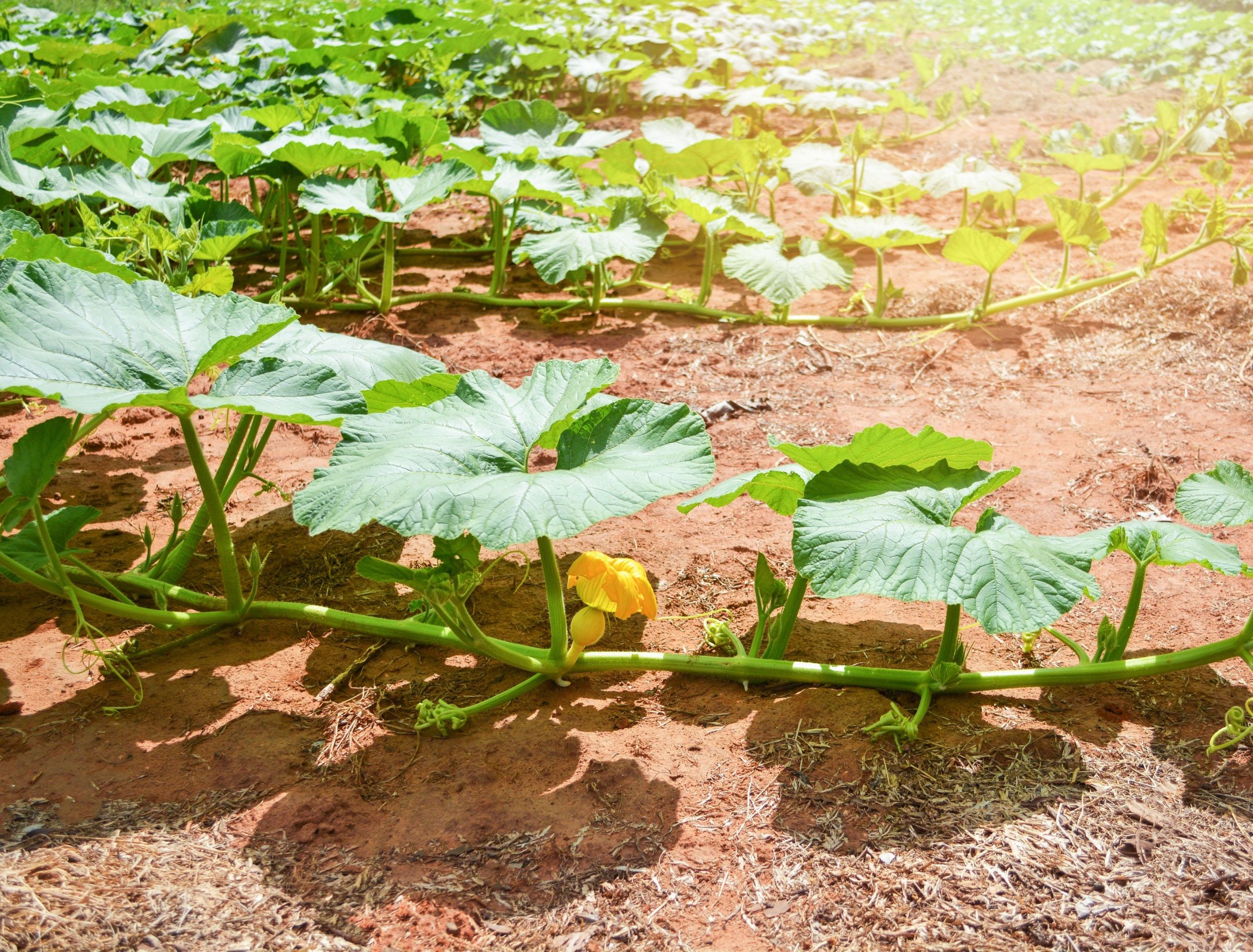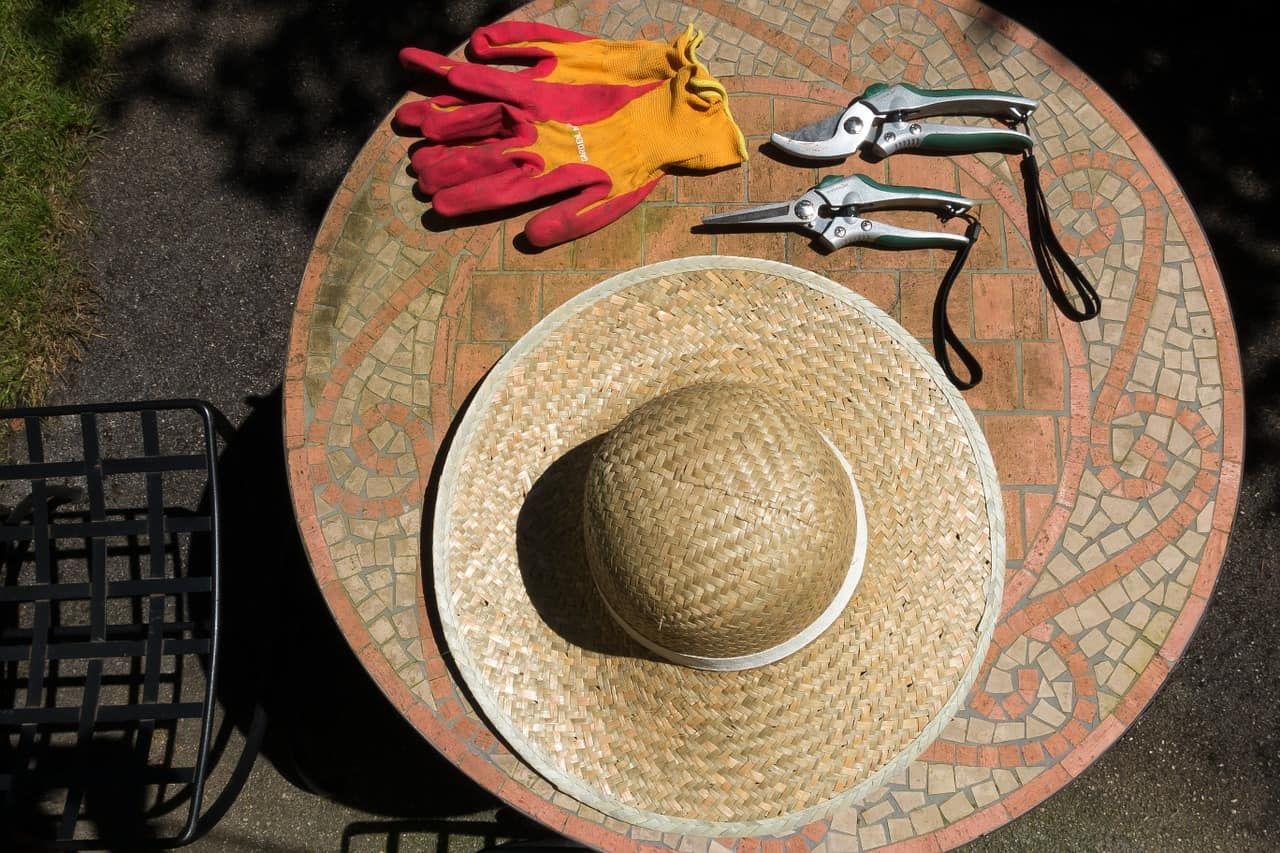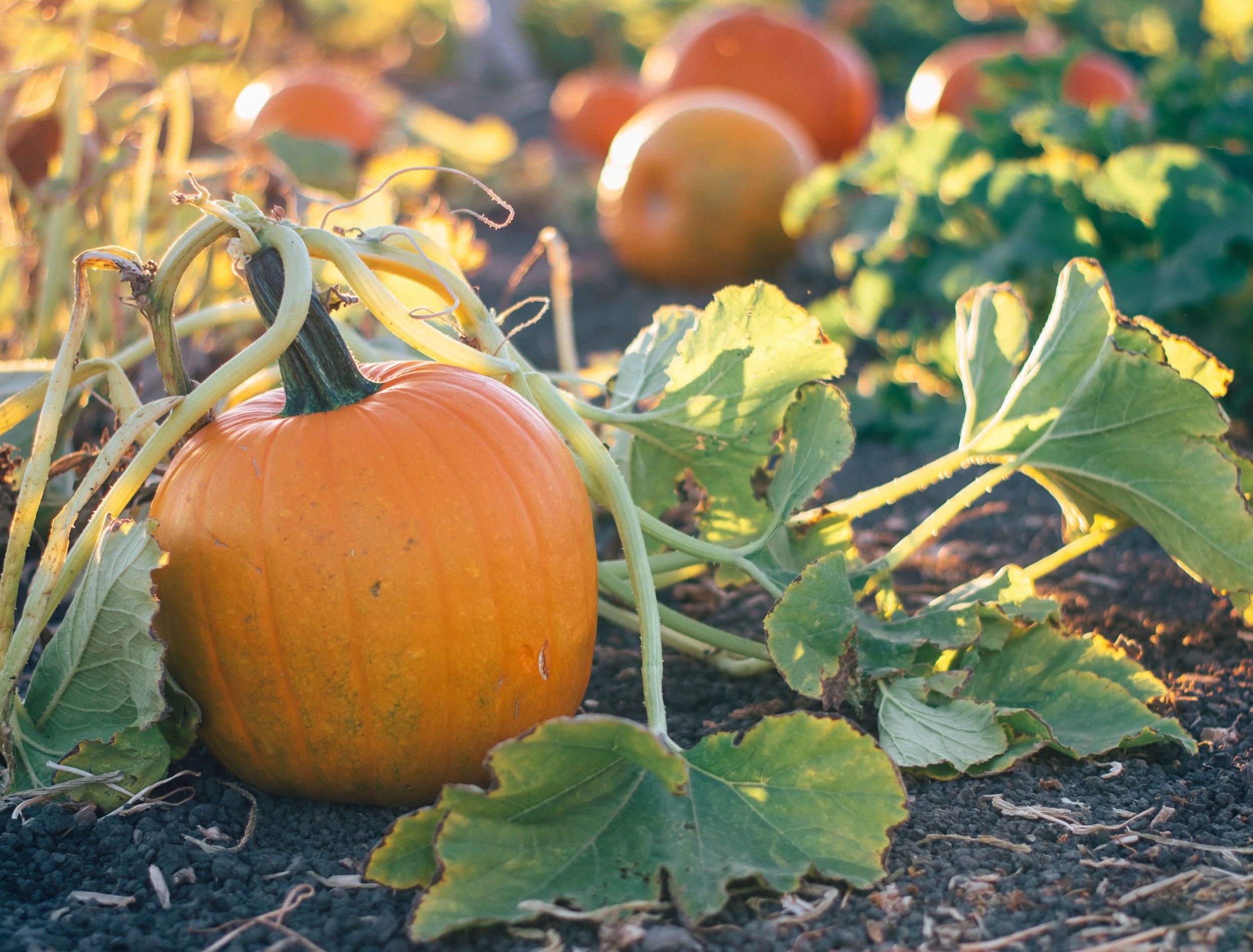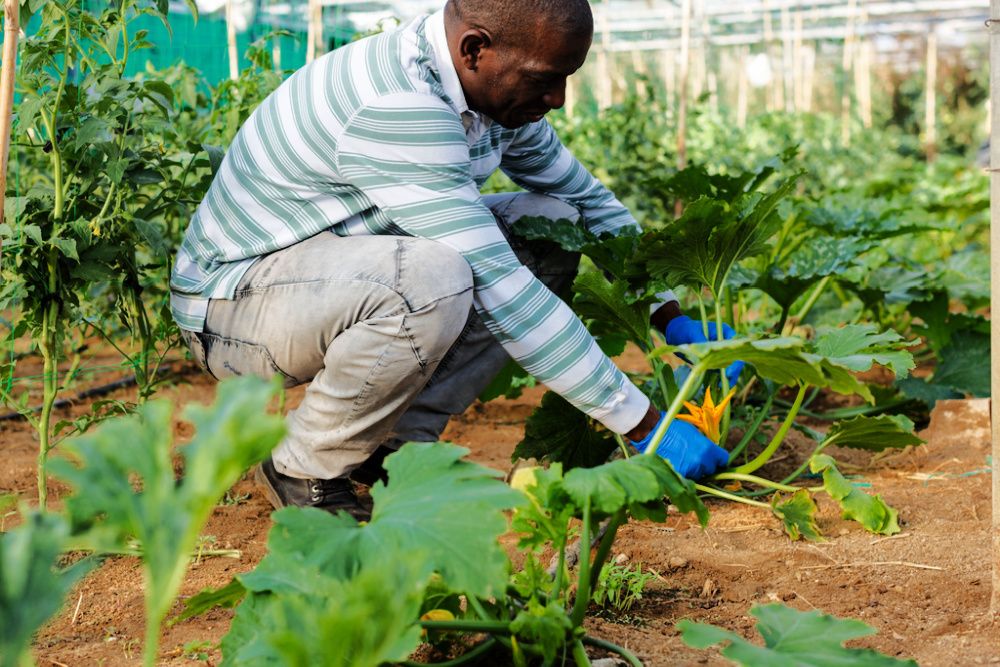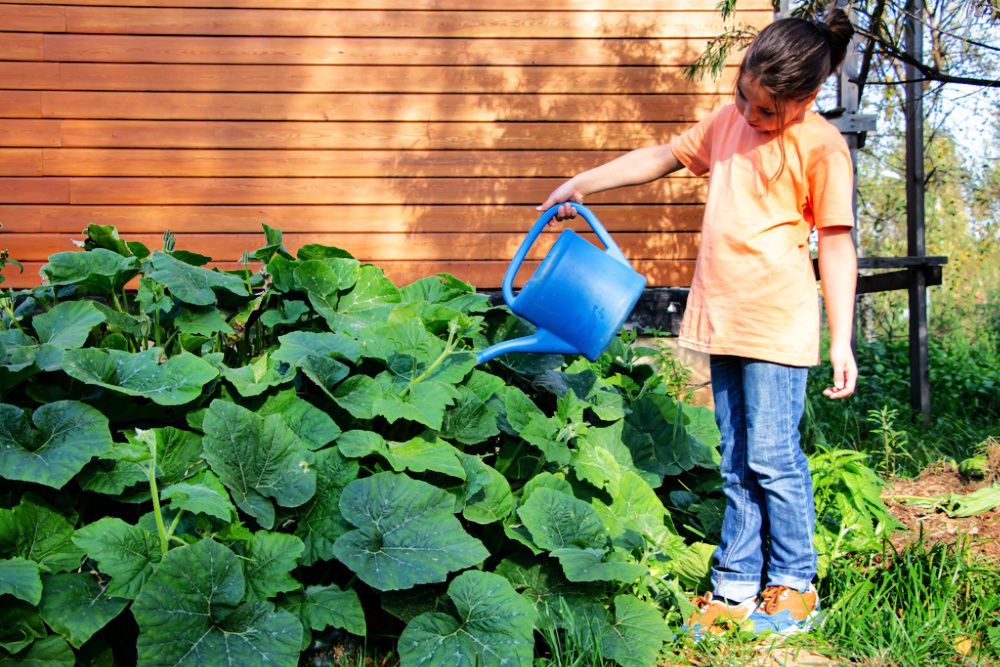Pumpkins are always a popular squash in the fall, whether you love a classic pie, a scrumptious latte, or Jack-o-lanterns lining your porch. While bright orange is the most common choice in October, "pumpkin" is a general term. Pumpkins are any round winter squash with a hard-ribbed rind and come in many colors, including orange, yellow, white, and teal!
Regardless of variety, all pumpkins usually require similar care. And if you've recently added these plants to your garden, you may be wondering about proper pruning methods. You will either need to prune the plant to control and maintain its size or encourage a specific vine's growth.
Fortunately, this guide outlines everything you need to know about tools, timing, techniques, and care tips to ensure you get the most out of your plants.
Tools You'll Need
Image credits: stux via Pixabay
Before you can begin pruning your pumpkins, there are a few tools you'll need. Fortunately, many gardeners already have these items in their tool shed! Find the essentials listed below.
- Pruning shears
- Gardening gloves
Why and When to Prune Pumpkin Plants
Image credits: Jessica Ruscello via Shutterstock
While pruning pumpkin plants often encourages larger pumpkins' growth, many gardeners actually choose to trim vines for maintenance. The plants grow quickly and rampantly and can easily take over the garden.
As a general rule, wait for the plant to become established before pruning. Signs of an established plant include:
- The main vine grows to about 10 to 15 feet
- Large, thick green leaves develop
- Fruits begin to form
You can begin pruning the plant once it is established. In general, it takes around 100 days after planting to see mature fruit, though you should begin pruning once the main vine grows too long. You should continue pruning throughout the growing season to maintain the size of the plants.
Pruning Pumpkin Plants
Image credits: BearFotos via Shutterstock
Removing dead and excess foliage is is beneficial to the health of your pumpkin plants. Pruning increases the airflow through the foliage, which helps prevent diseases.
Wearing your gardening gloves, use a sharp and clean pair of pruning shears to snip the vines. Never cut the base of the main pumpkin vine, as this is where the plant is attached to its roots. The main vine grows directly out of the ground and is much thicker than the secondary vines ("runners"), which stem from it. You can, however, trim the tip of the main vine to shorten it to around 10 to 15 feet.
You may notice the runners developing secondary vines, which then grow tertiary roots. Trim the tertiary roots as you see them to ensure the main and secondary vines get all the nutrients, and then bury the end of the vine where you cut. Once buried, the vine should develop roots underground, promoting growth and stability. As the plant grows, you can trim the runners to around 8 to 10 feet.
Since pumpkin plants develop so quickly and grow so many fruits, you'll need to remove the weaker squash. If there are over six pumpkins on a vine, the plant may not be able to support the growth, resulting in soft, mushy pumpkins. If this is the case, cut off the excess fruits so the plant can focus on those closer to the main vine.
Also, pruning off underdeveloped pumpkins at the end of the growing season (around September through October) will allow the plant to focus energy and nutrients on developing larger pumpkins. This practice is also used for pruning tomato plants since it gives the plant a chance to develop better fruits before the weather is too cold for growing.
Caring for Pumpkin Plants
Image credits: Sweeta Ewig via Shutterstock
With plenty of knowledge on pruning pumpkins, you may be wondering how to care for the plants. Fortunately, they are pretty easy to grow!
Starting with the basics, pumpkins prefer well-drained soil with plenty of organic matter, such as peat moss alternatives or compost. They thrive in full sun and require consistent moisture to develop fruit. You can use your finger to check if the plants need watering. If the soil is damp about an inch down, it should be fine, but if it is dry, it's time to water!
Pumpkin plants are prone to pests such as aphids, spider mites, and cucumber beetles, which you can treat with a hard stream of water and regular maintenance. Potential diseases include powdery mildew, bacterial wilt, and scab, which you can prevent by weeding, watering correctly, removing pests, and pruning to provide air circulation.
Harvest when the pumpkins are a solid color with a hard rind, around late September or early October. Use a sharp pair of pruning shears and leave about 3 to 4 inches of stem attached to the pumpkin–this will ensure it lasts longer.
Gourd Vibes Only
While trimming the vines of pumpkin plants isn't essential, it's a great way to promote growth. With the proper techniques, you should see a more abundant harvest and larger pumpkins. Remember that pruning to control size will result in the loss of potential fruits, but you should have larger pumpkins in the long run.
Do you have any tips for pruning pumpkin plants? Share in the comments below!

